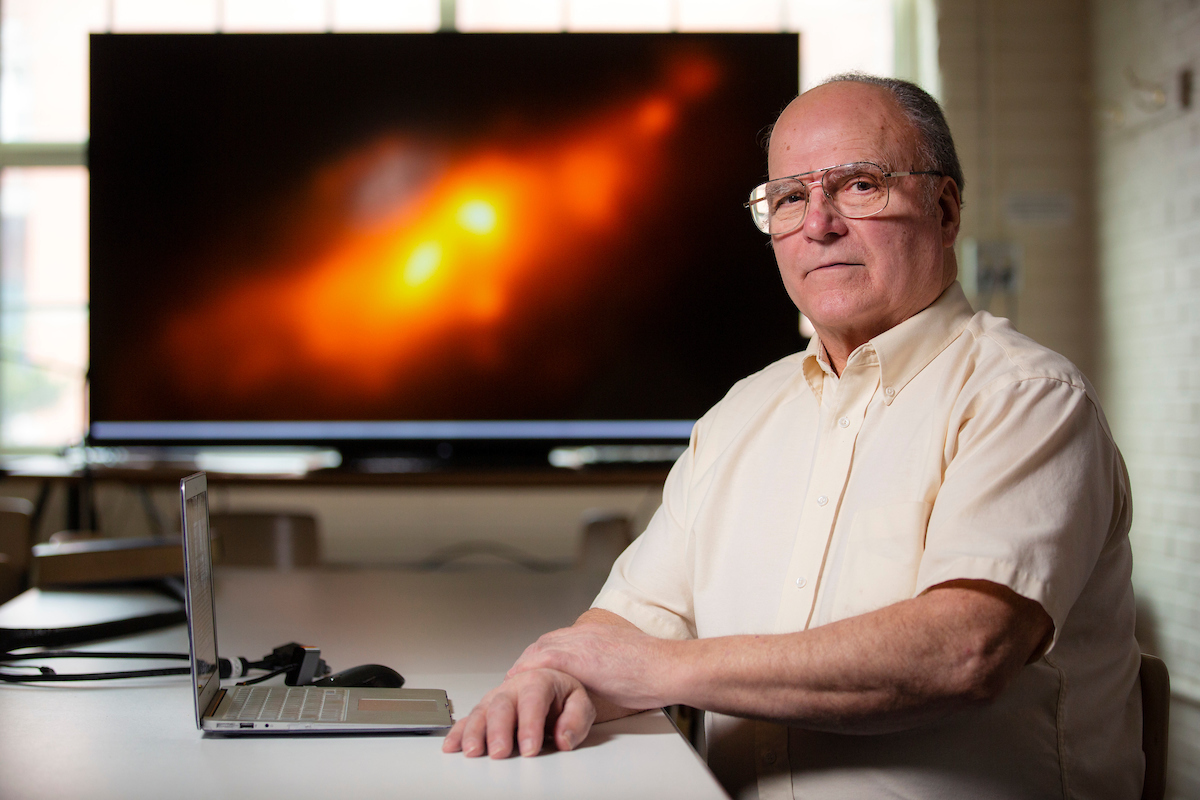
The so-called “Cocoon Galaxy” not only has a unique shape, it has a rare double-nucleus structure, astronomers report in a new paper.
After studying data from optical and radio telescopes based on the ground and in space, a team of astronomers determined that a galaxy known as NGC 4490 (and nicknamed the “Cocoon Galaxy” because of its shape) has “a clear double nucleus structure,” according to their paper.
One nucleus can be seen in optical wavelengths. The other is hidden in dust and can only be seen in infrared and radio wavelengths.
The...
Read More







Recent Comments